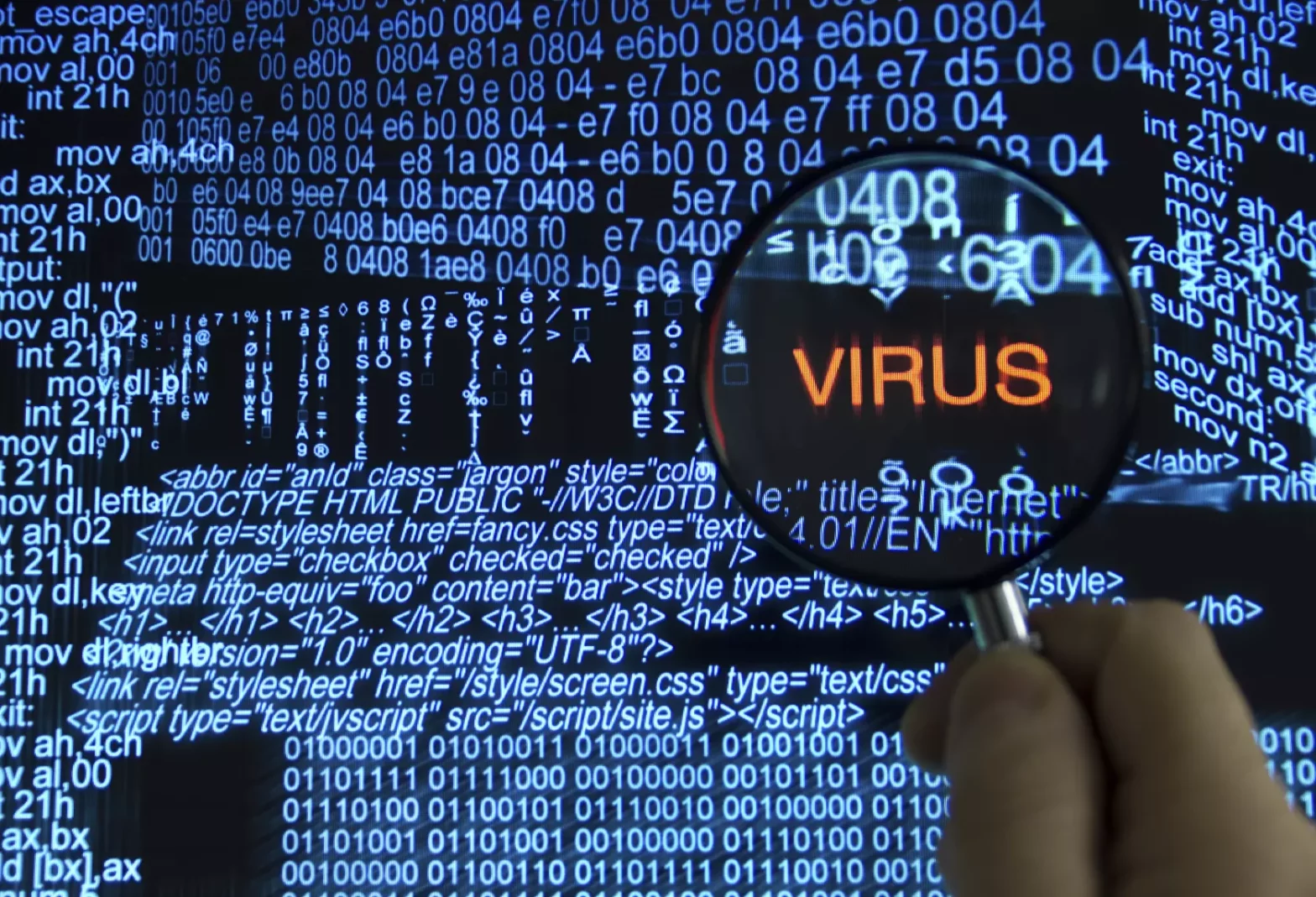Malware analysis and detection techniques are essential components of modern cybersecurity. Malware refers to any type of malicious software that can harm computer systems, steal data, or disrupt network operations. As the number of malware attacks increases, malware analysis and detection techniques are becoming increasingly sophisticated to identify and prevent these threats.
There are several techniques used in malware analysis and detection, each with its own advantages and disadvantages. One of the most common techniques is static analysis, which involves examining the malware’s code without executing it. This technique can identify known malware based on the code’s signature, such as specific strings or functions used by the malware.
- Dynamic analysis involves running the malware in a controlled environment and observing its behavior. This technique can identify previously unknown malware and understand its functionality. Dynamic analysis provides a detailed insight into the malware’s behavior, but it can be time-consuming, and it requires careful planning to avoid the malware infecting the system.
- Behavioural analysis focuses on the actions performed by the malware. This technique involves analyzing the behavior of the malware when executed in a controlled environment and identifying patterns of actions that may indicate malicious intent. Behavioural analysis is effective in identifying new and unknown malware, but it can be difficult to distinguish between malicious and legitimate behavior.
- Machine learning algorithms are becoming increasingly popular for malware detection. These algorithms can analyze vast amounts of data and identify patterns that may be indicative of malware behavior. Machine learning can detect malware in real-time and can be used to detect new and unknown malware. However, machine learning requires significant computational resources and a large amount of training data to be effective.
- Network analysis involves monitoring network traffic for signs of malware activity. This technique can detect malware that uses network connections to communicate with a remote server or download additional malware. Human analysis involves manually analyzing the malware to understand its behavior and capabilities. This technique is useful in identifying new and unknown malware that may not be detected by automated tools.
In conclusion, malware analysis and detection techniques are crucial in the fight against cybercrime. The identification and prevention of malware attacks require a combination of techniques, including static analysis, dynamic analysis, behavioural analysis, machine learning, network analysis, and human analysis. By using a combination of these techniques, it is possible to detect and prevent malware attacks and protect against future threats. Regularly updating antivirus software, firewalls, and operating systems is also important in keeping systems secure. As malware continues to evolve, the techniques for analyzing and detecting it must also continue to develop.

Leave a Reply